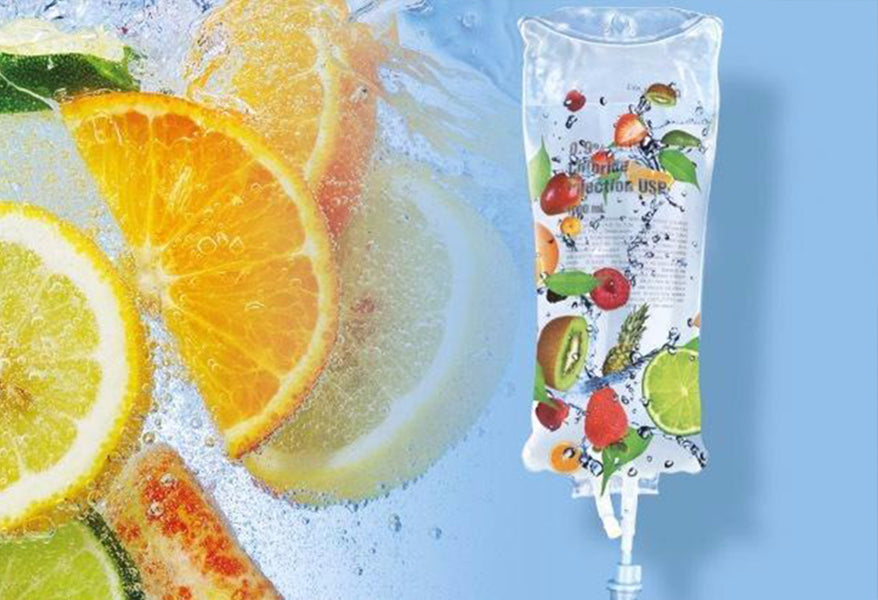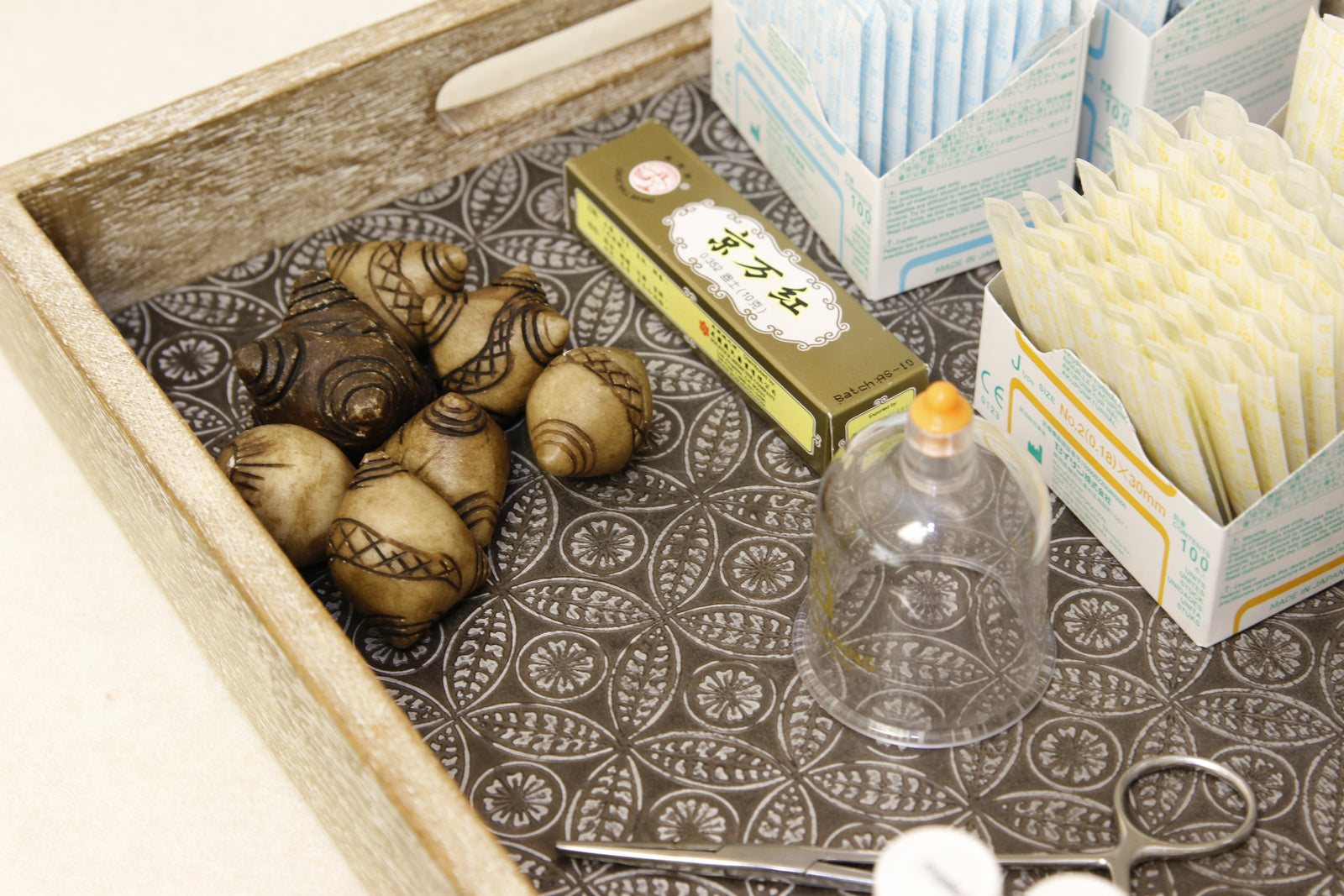It is a common assumption that most of our exposure to toxins occurs outside of our home, where we have less control over our immediate environment. However, this is not always the case. Our homes are often the source of many of the toxins that we want to avoid. The typical American home contains sixty-three hazardous products, and most of these hazardous materials are in the form of cleaning supplies, lawn and garden products and automotive supplies. Up to a dozen pesticides have been measured in most homes, equating to eighty percent of our pesticide exposure coming from inside our very own house.\
Why should these statistics be alarming? Because these toxins wreak havoc on our complex hormonal system. An endocrine disruptor is a foreign substance that alters the function of the endocrine system and causes adverse health effects in a person and/or their offspring. There is a strong association between the increasing number of endocrine disruptors in our environment and the rise of reproductive cancers, thyroid disease, female hormone imbalances, breast diseases and the reduction in sperm counts and testosterone levels. Many common household chemicals are known as endocrine disruptors, a number of which are found in plastic products. These chemicals are similar in structure to natural sex hormones such as estrogen, thereby interfering with their normal functions.
The Environmental Working Group recently published a list of the 12 worst hormone-disrupting chemicals you may be coming into contact with on a regular basis. As stated in their report:
“There is no end to the tricks that endocrine disruptors can play on our bodies: increasing production of certain hormones; decreasing production of others; imitating hormones; turning one hormone into another; interfering with hormone signaling; telling cells to die prematurely; competing with essential nutrients; binding to essential hormones; accumulating in organs that produce hormones.”












